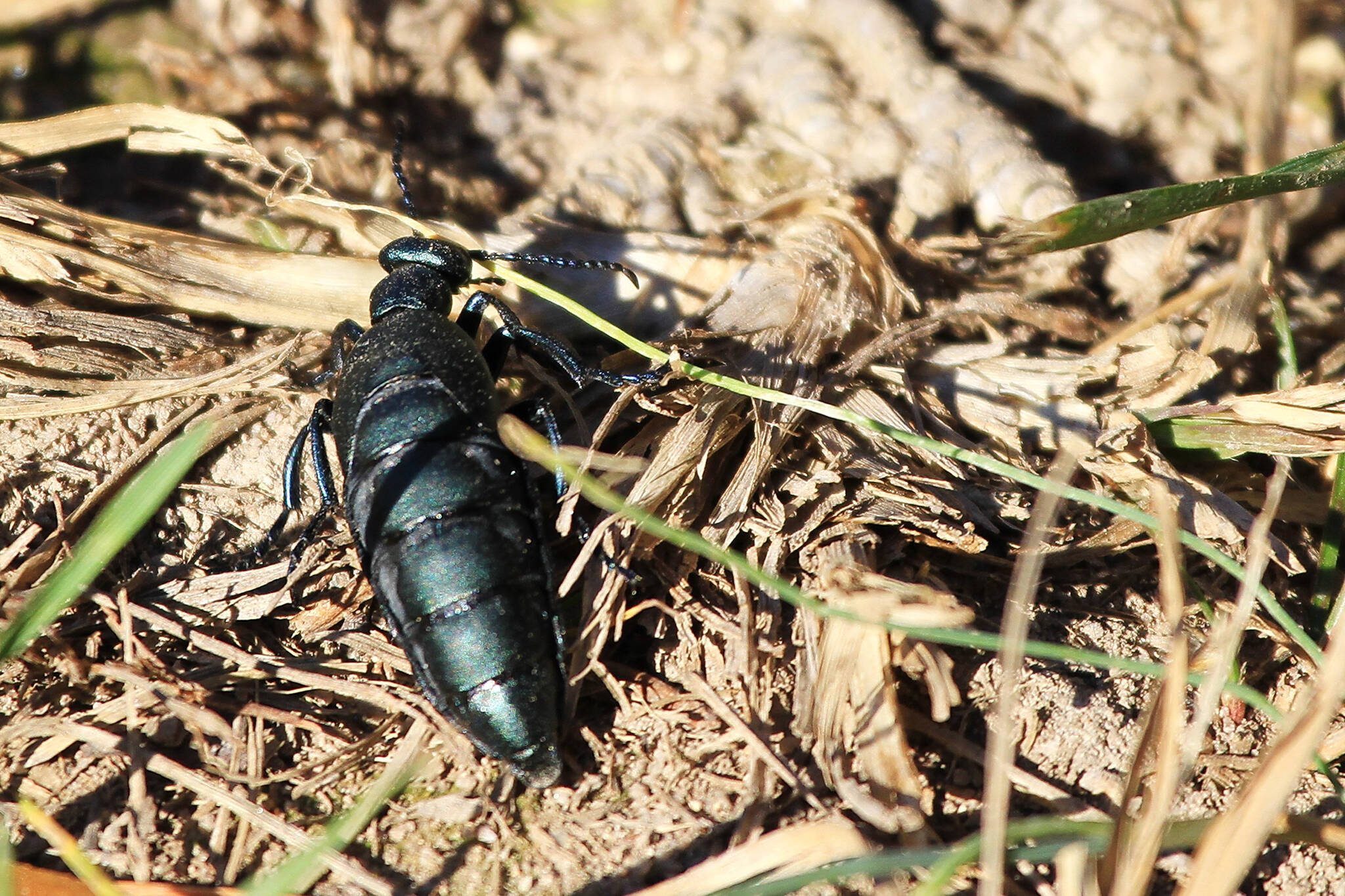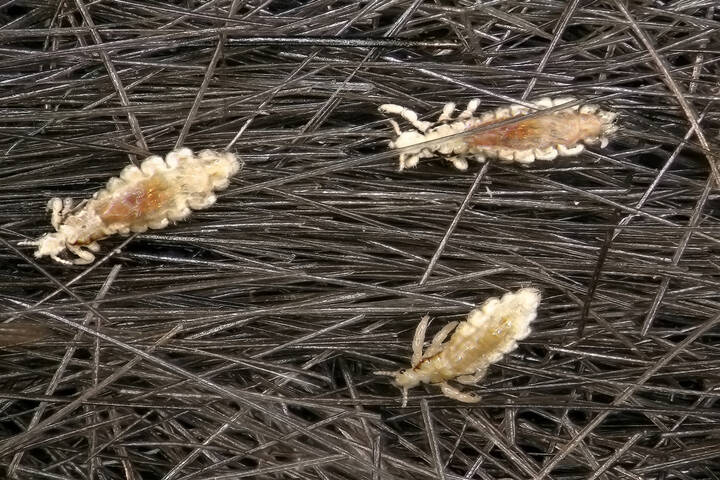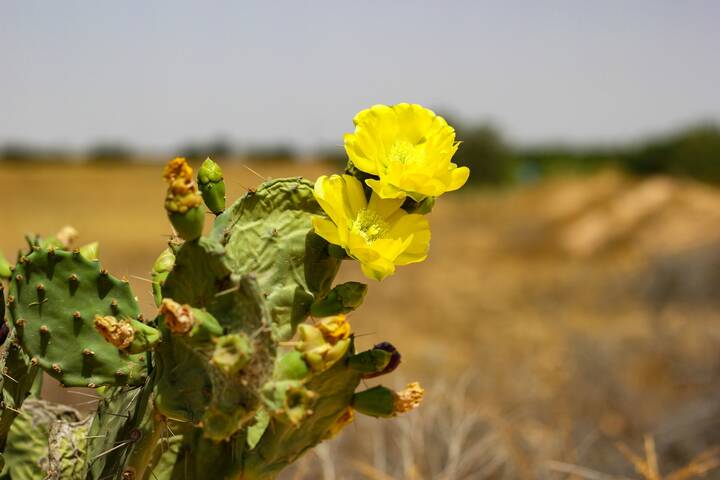
This creepy Ontario bug will give you blisters if you touch it
Southern Ontario is home to all sorts of creepy crawlies that can harm humans and pets, few of them more unassuming than the American oil beetle, or Meloe americanus.
These bugs may not be the most fearsome arthropods in Ontario; they won't split your toe open, they don't produce some potent neurotoxin, and they can't clone themselves, but these little critters can still bring a world of hurt if handled.
This genus is part of a larger family of insects known as blister beetles, which, as their concerning name implies, are capable of causing painful blisters if handled.
And that's just the tip of the gross, toxic, oily, and surprisingly sexual iceberg of blister beetles.
American oil beetles are just one of 7,500 known species in the wider blister beetle family Meloidae. Measuring 7 to 30mm in length as an adult, these insects have black bodies that often shine iridescent blue.
Oil beetles feed on crops such as potatoes, tomatoes, and alfalfa and are known for their near-insatiable appetites but are not considered a major agricultural pest.
They are quite nasty if handled, though.
The insects get their "oil" and "blister" names due to oily drops of bright orange hemolymph secreted from their segmented joints, containing a poisonous chemical compound known as cantharidin that causes intense blistering and swelling of the skin.
Who's this fellah?
byu/UnluckyFirefox inwhatisthisbug
Despite being classified as a burn agent or a poison in large doses, people have willingly ingested this noxious substance (known as Spanish fly) for generations, at great risk to their health, for its purported aphrodisiac qualities — just another stupid thing humans have done in the pursuit of sexytimes.
If their dangerous secretions weren't enough of a bad time, all species of blister beetles, including the American oil beetle, grow up at the expense of an unfortunate host insect.
All members of the Meloidae family will hitch rides on host insects, like bees, during their larval stages, and are then given free rides back to their nests.
Next, the larva transforms into a grub-like stage where it devours the host food and often the larvae themselves, which sounds like an overall not fun time for the bees.
Since Melodidae can technically survive on just provisions without consuming host larva, they avoid the "parasitoid" definition.
So, if you see a shiny, bluish-black beetle ambling around your yard, my advice would be not to pick it up.
David Byron Keener/Shutterstock
Latest Videos
Latest Videos
Join the conversation Load comments







